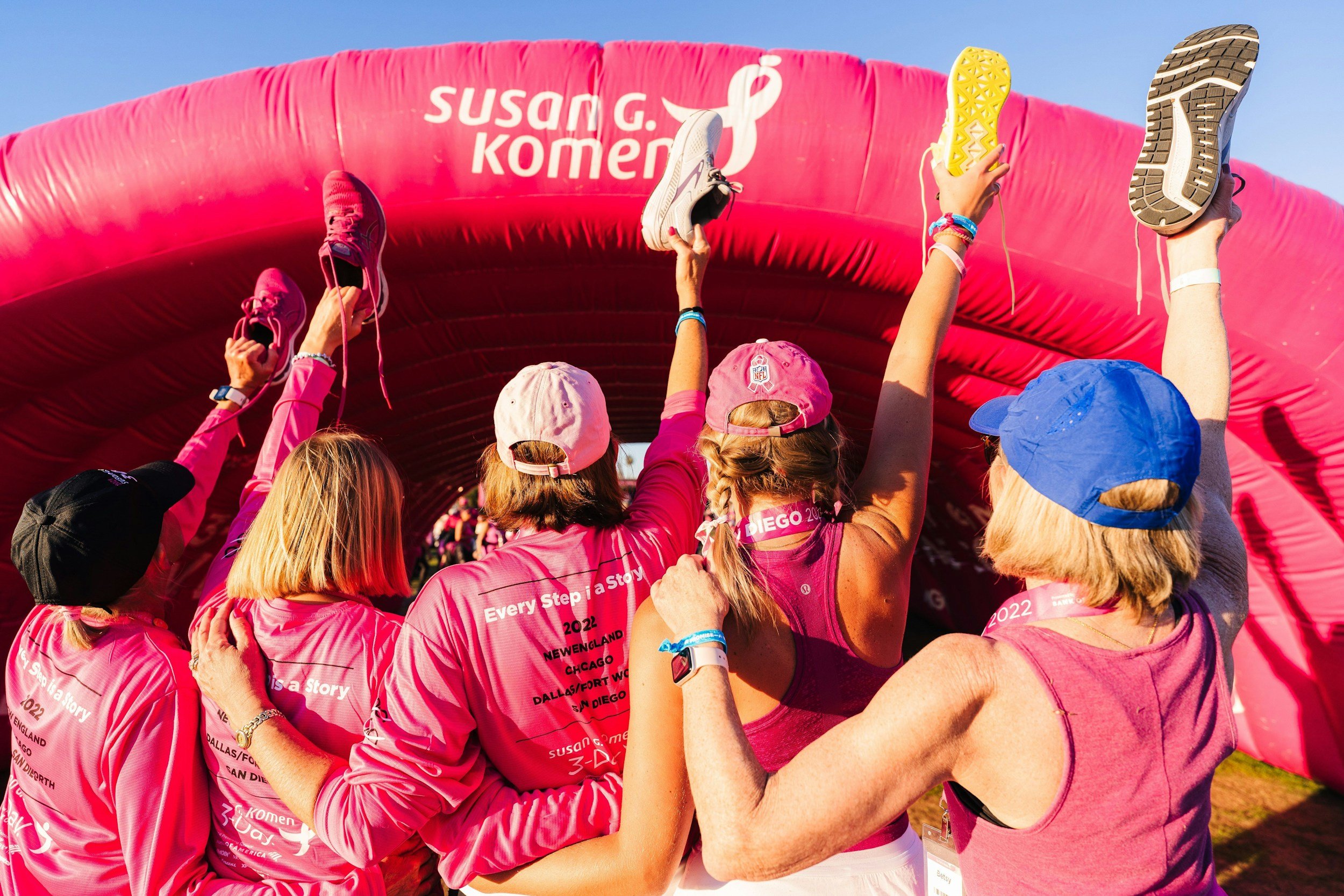
RESOURCES
-
These are among the top cancer centers in the United States. Many local cancer centers follow the same or similar best treatment plans as well if you don’t have access to these areas.
-
Chemo isn’t easy, but it’s come a long way thanks to modern advancements. Here are a few tips that helped me navigate the journey:
Stay well hydrated. Water, water and more water!
Take short “cat” naps during the day if you can — they can make a big difference.
You will most likely receive a prescription for anti-nausea medication. Take it as needed — don’t be afraid to use it. Your comfort and well-being are worth it, and it can help you get through treatments more smoothly.
I used “icy mitts” during my Taxol (paclitaxel) infusions. These are designed to help minimize or prevent neuropathy. I ordered mine from Amazon here.
Choosing a chemo port was a good decision for me, much like it is for many other cancer patients. Instead of searching for a vein each week during treatment, the port provides easier access. While I was initially a bit nervous about getting one, it turned out to be a great choice. Many chemotherapy drugs can be toxic to smaller veins, and the port helps avoid that issue.
Don’t hesitate to ask your primary care provider for sleep medication if you need it. Rest is important for recovery, but always check with your oncologist first to ensure it doesn’t interfere with your treatment.
Keep a supply of popsicles on hand—they help soothe mouth sores and improve the taste in your mouth during chemo. Jolly Ranchers can also be beneficial for managing dry mouth and discomfort.
Find time for self care. A long bath, a walk outside, good food, rest.
During chemo it’s normal to lose our hair. Don’t panic. If you do there so so many realistic wigs available to choose from. Hair will grow back but don’t be afraid to use something for in between.
-
Maintaining good body hygiene is crucial during chemotherapy for breast cancer treatment due to the heightened risk of infection.
Chemotherapy can weaken the immune system, making the body more vulnerable to bacteria and viruses. Daily hygiene practices:
bathing
handwashing
keeping skin moisturized
This all protects the body against infection by minimizing the entry points for germs.
Avoiding contact with sick individuals. Stay away from crowded places and anyone who is sick to minimize exposure to infections, says the CDC.
Handwashing
Wash hands frequently with soap and water for at least 20 seconds, especially after using the restroom, before eating, and after touching potentially contaminated surfaces. -
Yes, reconstruction surgery following a mastectomy is generally covered by insurance due to the Women's Health and Cancer Rights Act (WHCRA) of 1998. This federal law mandates that most group health plans that cover mastectomies must also cover breast reconstruction, including all stages of reconstruction, surgery to achieve symmetry, prostheses, and treatment of complications.
In essence, if your insurance covers the mastectomy, it is highly likely to also cover the breast reconstruction, making it a right rather than a privilege for mastectomy patients, according to the Centers for Medicare & Medicaid Services (.gov).